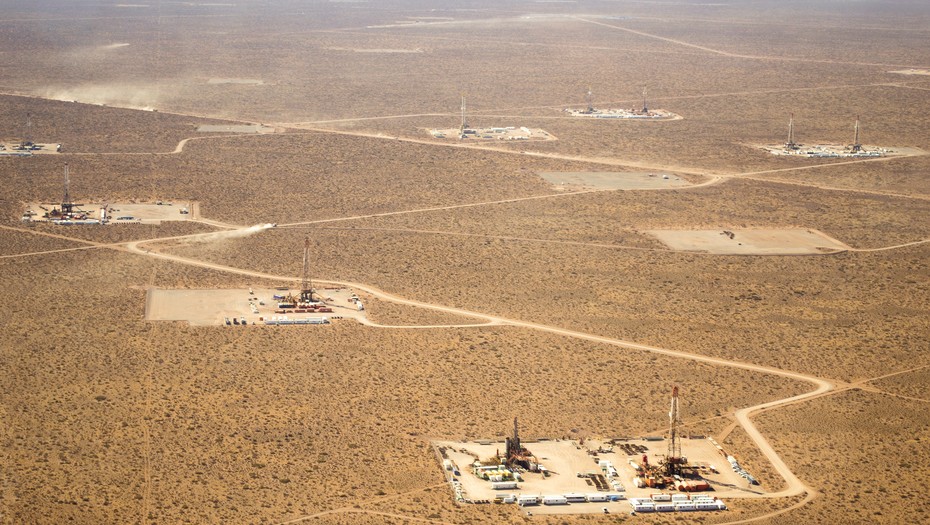In 2003, led by the government of Néstor Kirchner (2003–2007), Argentina’s developmental agenda regained momentum. From the ashes of privatization, deregulation, and liberalization emerged a consensus agenda that put the public sphere at the center of the growth engine. The argument was a heterodox variation of the trickle-down effect: growth (particularly in the industrial sector) would foster employment, and employment would favor social inclusion. According to Kirchner’s developmental framework, sustained growth could not be left to the market; it had to be reached through intelligent state intervention.
The approach echoed that of the 1950s and 1960s UN Economic Commission for Latin America and the Caribbean (ECLAC). Economists like Raúl Prebisch stressed that peripheral countries suffered from falling export prices in a global free trade regime. The famous Prebisch-Singer hypothesis held that falling terms of trade forced Latin American economies to export primary goods in order to pay for the imported capital goods they needed for industrial development. To mitigate this dynamic, peripheral economies needed to protect and subsidize their industrial development by taxing commodities exports, fostering public investment in strategic industries, and strengthening national control over export facilities.
In Argentina, state-led development was pursued beginning in the late 1940s under the leadership of president Juan Domingo Perón. The Peronist coalition consisted of both modest capital owners and a growing industrial working class. National firms thrived in the aftermath of the 1930s crises, and a powerfully mobilized labor movement emerged within the growing industrial centers. ECLAC-style developmentalism became deeply interwoven with the stability of the Peronist regime. Upon his expulsion from power in the 1950s, Argentine developmentalism took an international turn. Under alternating military governments, foreign investors were called to provide much-needed savings in hard currency and technology, while local firms were expected to modernize and generate well-paid industrial jobs for an increasingly radicalized working class. But after decades of protection, national firms remained dependent on state protection. With the economic crisis of the 1970s and the fall of Bretton Woods, developmentalism was abandoned and a violent military dictatorship facilitated the imposition of liberal reforms.
In order to revive a developmental agenda, Kirchner was tasked with reconstituting a developmental coalition. Given low domestic savings rates, his successor, Cristina Fernández de Kirchner, turned to foreign currency markets to finance industrial initiatives. Rising energy and parts and supplies imports combined with an inability to issue debt on the international capital markets provoked another strategic shift: instead of replacing scarce foreign currency with import substitution, the new goal was to increase exports and receive as much foreign currency as possible. Instead of domestic capital owners, Kirchner’s developmental agenda placed transnational, export-oriented corporations at the head of its developmental program.
Fostering domestic development through international corporations necessitated the formation of new “industries”: agribusiness, mining, and energy were set to provide the hard currency needed to pursue public investment. But like their 1950s predecessors in plastics and steel, these new industries depended on the depletion and destruction of natural resources, promoted unplanned organization, and led to growing environmental and social precarity.
Green developmentalism
Current President Alberto Fernández has framed his 2020 Green Productive Development Program (GPDP) in response to these developments. The proposal’s key commitments are to economic and environmental sustainability—decreasing foreign currency reliance, generating well-paying jobs, and promoting industrial development in a climate-friendly way.
But in continuing to further industrialization through the export of natural goods, the proposal fails to break the structural dependence of Argentina’s economic development from its ties with transnational corporations. The Fernández government is appealing to foreign investors with new regulations and subsidies for the extraction of shale gas and lithium from territories in the South and the North of the country. In 2012, the recently expropriated gas and oil corporation YPF signed its first agreement with Chevron to develop the “Vaca Muerta” shale oil and gas field in the southern province of Neuquén. Since 2020, millions of dollars have been directed by the state toward fast-forwarding production and exports from the field. In recent years, Ganfeng Lithium and BMW both entered the lithium business through brine mining in the northern provinces of Salta and Jujuy. Additionally, there is the newly confirmed multi-billion-dollar project by the Australian Fortescue (announced during the COP26 meeting) to produce so-called green hydrogen (GreenH2) with salty ocean water and solar-power electricity.
Meanwhile, on December 31, 2021, the government approved exploration and future exploitation of potential oil and gas reservoirs in the marine underground, just a few hundred kilometers off the coasts of the fishing port of Mar del Plata. This operation, a collaboration with the Norwegian firm Equinor, will not only risk the livelihoods of local fisheries, but also endanger whales and other marine life in the area.
The proposed initiatives constitute a state guarantee of fiscal support and political stability for foreign investors. In most cases, the projects are located in lands disputed by Indigenous communities. In late 2021, a popular mobilization in the southern province of Chubut forced the local government to roll back on a mining project that had been approved without appropriate public debate. Local governments have deployed security forces against public resistance and leveraged derogatory and racist discourse against them.
Argentina’s recent development initiatives therefore embody the essential contradictions at the heart of green industrialization. The materials of the green transition, which is billed as promoting ecological and social stability, depend on the plunder and pollution of common goods, and the exploitation and disruption of local communities. While these plans will build infrastructure and generate jobs, the effect may wear off once infrastructure construction is complete. As the IMF’s biggest debtor, Argentina is eager to reduce debt in exchange for green investment. But the search for macroeconomic stability may continue to come at enormous social and environmental cost.
Filed Under
